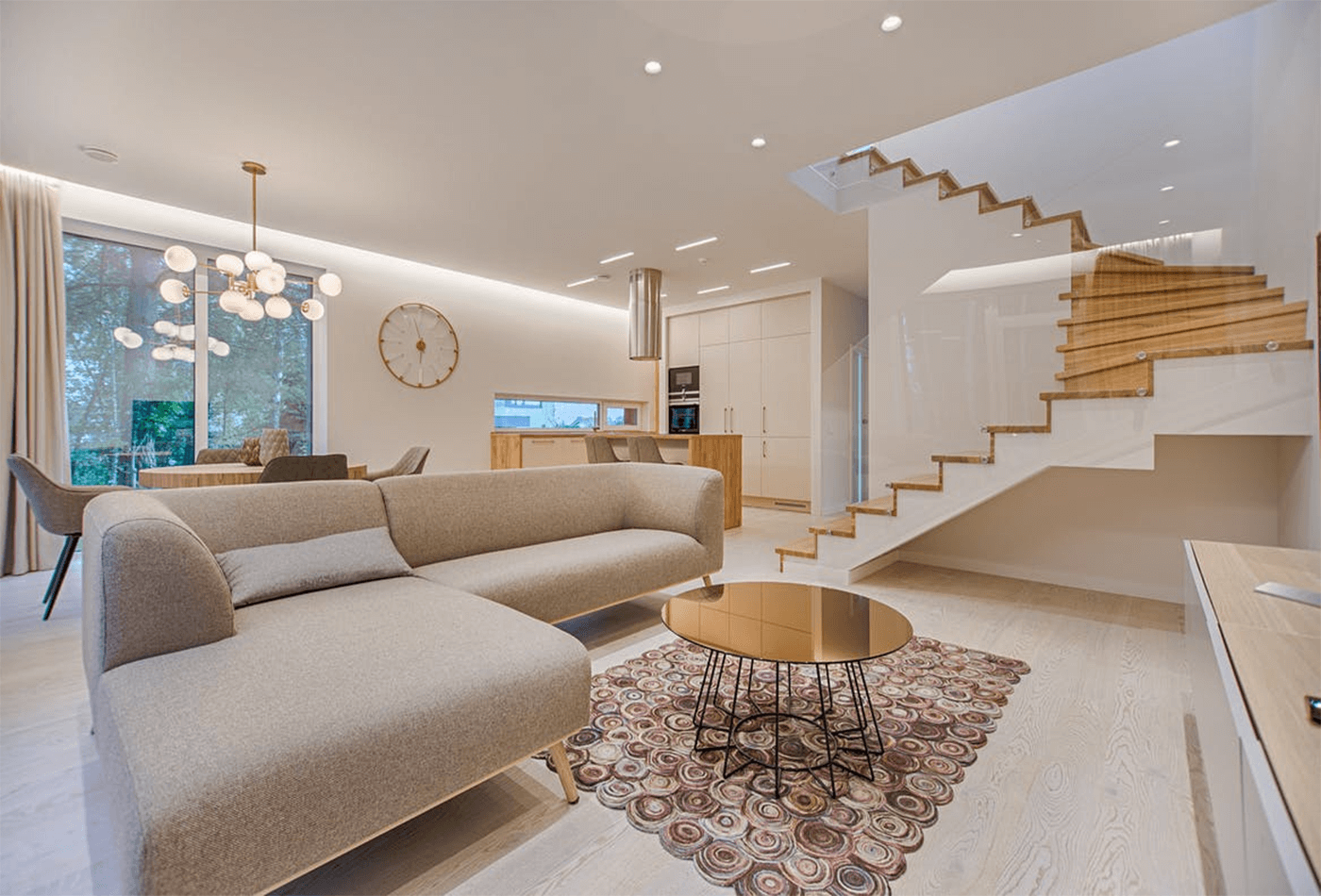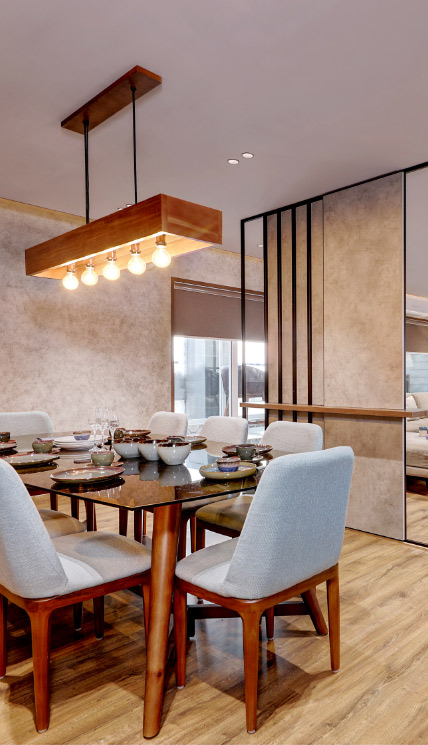Change Your Home With Crucial Principles of Inside Style and Aesthetics
By understanding the impact of shade theory and the relevance of texture and patterns, one can create rooms that are not only visually appealing yet additionally deeply individual. Accomplishing this balance involves more than simple decoration; it includes a calculated arrangement and an eager understanding of exactly how each aspect engages within a room.
Understanding Shade Theory
Shade concept is a basic element of interior decoration that considerably affects state of mind, perception, and overall visual. Comprehending the principles of color concept permits developers to create areas that resonate psychologically with occupants while satisfying useful requirements (miami interior design). Shades can be categorized right into 3 primary types: primary, second, and tertiary. Each classification plays an important function in establishing harmony within an area.
The mental impact of shades is profound; cozy shades such as reds and oranges evoke energy and heat, while great tones like blues and eco-friendlies promote calmness and serenity. Moreover, making use of corresponding shades enhances aesthetic interest, producing striking contrasts that can boost a room's charm.
Neutral shades, on the various other hand, offer as a versatile backdrop, permitting other style elements to radiate. It is important to take into consideration aspects such as lights and the room's function when choosing a shade palette, as these can modify the assumption of colors throughout the day.
Inevitably, a well-considered color design can transform an area, cultivating a sense of convenience and design that aligns with the residents' choices. Proficiency of shade theory is, as a result, an essential skill for any interior developer aiming to develop unified and inviting atmospheres.
Achieving Equilibrium in Design
How can designers attain a feeling of stability in their areas? Attaining equilibrium in layout is basic to developing harmonious interiors. Designers can utilize three primary kinds of balance: balanced, unbalanced, and radial. Balanced balance includes setting up components equally around a central point, fostering a feeling of order and peace. This type often includes sets of furnishings or art work, enhancing visual stability.
Asymmetrical balance, on the other hand, relies upon differing aspects that still achieve a natural look. This strategy permits more dynamic and informal setups, offering passion while preserving stability. By thoroughly choosing varying dimensions, colors, and structures, designers can produce an aesthetically engaging room that really feels balanced yet energised.
Radial equilibrium stresses a main prime focus with aspects radiating outward. This design is typically seen in round designs, where furnishings and decoration develop a cohesive surround that attracts the eye internal.
Eventually, accomplishing balance needs thoughtful consideration of range, proportion, and the relationships in between components. luxury interior design. By masterfully applying these balance principles, designers can change areas right into environments that feel both aesthetically pleasing and functionally unified, boosting the total experience for occupants
Significance of Spatial Recognition

A keen sense try this website of spatial understanding permits designers to recognize centerpieces within a room, leading the viewer's focus to crucial attributes while keeping a total feeling of unity. It likewise assists in the critical positioning of lights, which can drastically affect the assumption of room and mood. Moreover, comprehending spatial connections allows the designer to satisfy the specific demands of citizens, making sure that each area offers its desired purpose without jeopardizing aesthetics.
Ultimately, spatial awareness is vital for making best use of the capacity of any kind of indoor space. By thoroughly thinking about the interplay between dimensions, format, and feature, designers can produce settings that not just meet sensible needs but also evoke a sense of comfort site web and beauty, enhancing the general living experience.
Integrating Structure and Patterns
Accepting a varied series of structures and patterns can dramatically improve the aesthetic and responsive charm of an indoor room. The tactical use different materials-- such as wood, metal, fabric, and rock-- creates deepness and passion, making an area feel much more welcoming and vibrant. For example, integrating smooth surfaces with rough appearances can develop an equilibrium that draws the eye and involves the detects.
When incorporating patterns, consider both range and rep. Large patterns can function as focal factors, while smaller sized, refined layouts can match various other components without overwhelming the area. Layering patterns, such as pairing floral paddings with candy striped throws, includes intricacy and a sense of harmony if performed attentively.
It is also vital to maintain a cohesive color combination, ensuring that structures and patterns interact instead of complete for focus. By look at this web-site choosing a couple of crucial structures and patterns, you can produce a combined aesthetic that mirrors your individual style while boosting the general atmosphere of the room. Ultimately, the mindful consolidation of these aspects can transform a mundane space right into an advanced atmosphere abundant with personality and warmth.
Personalizing Your Area
Producing a space that mirrors your character is important to achieving a truly inviting setting. Customization in interior layout enables you to infuse your unique design and rate of interests into your home, changing it from a mere sanctuary into a haven that speaks to that you are. Begin by selecting a shade palette that reverberates with your emotions-- strong colors can stimulate, while soft tones supply harmony.
Incorporate art work and decor that show your enthusiasms, whether it be travel, nature, or abstract ideas. Displaying personal collections, such as publications, photographs, or mementos, can stimulate valued memories and produce prime focus within a space. In addition, consider personalizing functional pieces, like upholstered furniture, to line up with your visual preferences.

Final Thought
Finally, the transformation of a home via the essential principles of indoor layout and visual appeal requires a detailed understanding of shade concept, equilibrium, spatial awareness, texture, and personalization. Each aspect adds considerably to producing an unified and useful living setting - miami interior design. By attentively incorporating these concepts, people can enhance the visual charm and emotional resonance of their areas, eventually promoting a home that shows special identifications while giving convenience and usefulness